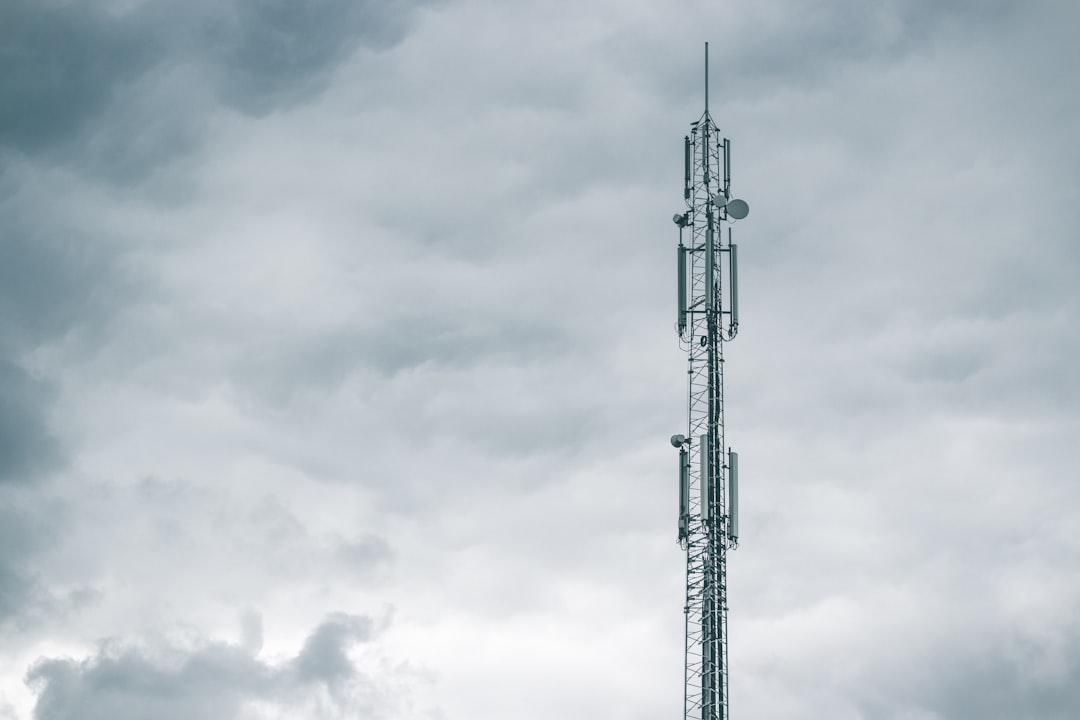What is it about?
As an excellent high-power semiconductor device, very low resistivity p-type 4H-SiC is required to fabricate 4H-SiC n-channel insulated-gate bipolar transistors, the on-resistance of which is considerably lower than that of commercially available 4H-SiC n-channel metal-oxide-semiconductor field-effect transistors. Understanding the underlying conduction mechanisms is essential for reducing the resistance of these materials. This article examined the band conduction region to uncover why the Hall coefficient in heavily Al-doped 4H-SiC epilayers becomes negative at low temperatures.
Featured Image

Photo by Axel R. on Unsplash
Why is it important?
Because the substitutional Al in 4H-SiC behaves as an acceptor, Al-doped 4H-SiC is a p-type semiconductor, indicating that the Hall coefficient should be positive. This article proposes a physical model to explain the negative Hall coefficient at low temperatures in the band conduction region for heavily doped p-type wide bandgap semiconductors.
Perspectives
In our recent published papers, we have proposed physical models to explain the reason governing the emergence of negative Hall coefficient values in the band and hopping conduction regions in heavily doped p-type wide bandgap semiconductors.
Hideharu Matsuura
Osaka Electro-Communication University
Read the Original
This page is a summary of: Negative Hall coefficient in band conduction region in heavily Al-doped 4H-SiC, Journal of Applied Physics, September 2023, American Institute of Physics,
DOI: 10.1063/5.0165404.
You can read the full text:
Contributors
The following have contributed to this page










